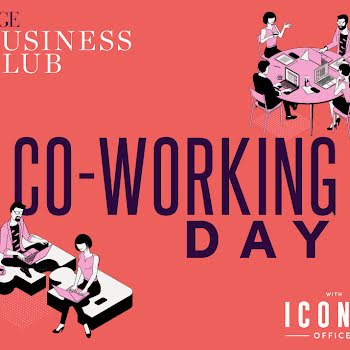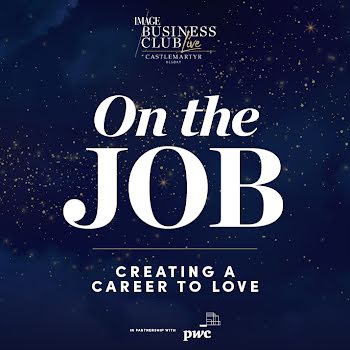By Sinead Brady
04th Jan 2018
04th Jan 2018
Deciding to change, to improve or do something new typically starts off with a goal and a solid belief that this year will be different.
You are here, you want to get there, and to start you break things down into micro-steps. You plan to move from thought to action yet about three weeks into the new year life takes over, your energy takes a hit, motivation drops, and old habits return at the expense of real change. Frustrated, you get back on the treadmill resigned to the fact that change is not going to happen (again) and you feel saddened that the potential in your new future has flatlined.
But, what if a simple mindset shift could help? What if planning your future backwards is the best way to start 2018?
Reverse Engineer Your Future
Rather than going from start to finish, reverse your goal-setting process by thinking forward but working backwards. In other words, reverse engineer your future. A recent study showed that planning from finish to start had a significant impact on the successful outcome of long-term goals like changing job, learning a new skill or building a new business. So how can you put this into action?
Design Your Own Version of Success
Forget about what anyone thinks, says or suggests. This is your career so make this about listening to yourself and designing your own version of success. Imagine yourself living in the version of success that you designed. Consider the satisfaction you will feel having achieved your desired goal.
Define your end goal as clearly as possible.
What do you want to accomplish and why? Why is it important to you? Be specific and clear. What exactly do you want to achieve? Do you want a new role, a full career change, to upskill or reskill, get a promotion, progress in your current role or secure a leadership position? Be detailed and clear.
Identify gaps
Now figure out the gaps between where you are now and where you want to go. With honesty and courage own what you have to do to get your own version of success.
Identify the steps you need to achieve your goal
Write out a list of all the steps and resources needed to design your version of success. Sticky notes are best for this as you can move them around easily. Your thoughts are random, but your focus is to get all the possible steps down on paper. Beside each step allocate a time and resources budget, e.g. how much it will cost, who you might need help from etc.
Begin to cluster
Take your identified steps and cluster them into logical groups.
Problem Solve
Identify any problems, obstacles or issues you foresee. For example, if you need to upskill, reskill, or retrain and ask yourself – Can I do the course(s) full-time, part-time or for free? If there is a cost what is it and how long will it take me to save the money? What alternatives do I have? By reverse planning, you problem solve in advance and identify the path which is likely to be both practical and possible.
Work backwards
For each goal identify the last step you need to take before that goal is considered be completed, the next step and so on. Keep doing this until you identify the very last milestone that you need to accomplish. Now allocate the dates by which you want each goal to be completed. This is your timeline.
Accept a level of uncertainty
It is not possible to identify every single step and how to implement it. You are aiming to be as clear as possible and to troubleshoot in advance when possible. Uncertainty will emerge so give yourself permission to consider it in the context of your plans.
Looks the same but it is VERY different
Yes, what you end up with looks very similar to a traditional forward plan. However, the thought process that you have gone through is very, very different. You have now designed your own version of success by forcing yourself to think from a totally different perspective. In doing so you have identified and tweaked your actions in a manner that puts you in control of them. By thinking forward and working backwards in small, manageable steps, you will remove the fear and begin the process of designing a career that you love.
Remember, if you don’t design your own version of success, somebody else will, and you might not like their version.
Good luck!
Check Out psychologist Sinéad Brady’s website “A Career to Love”
Twitter: @CareertoLove






















